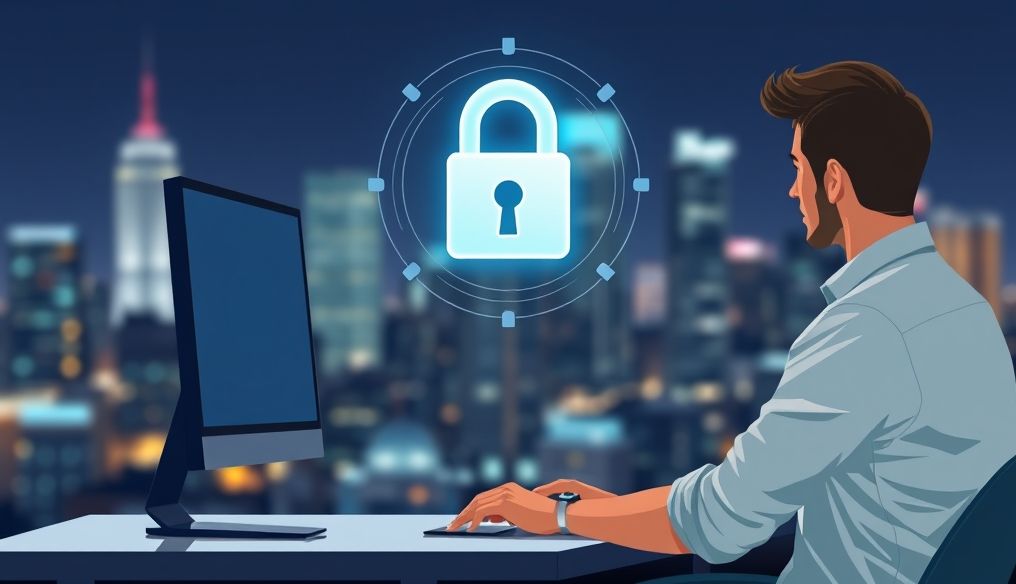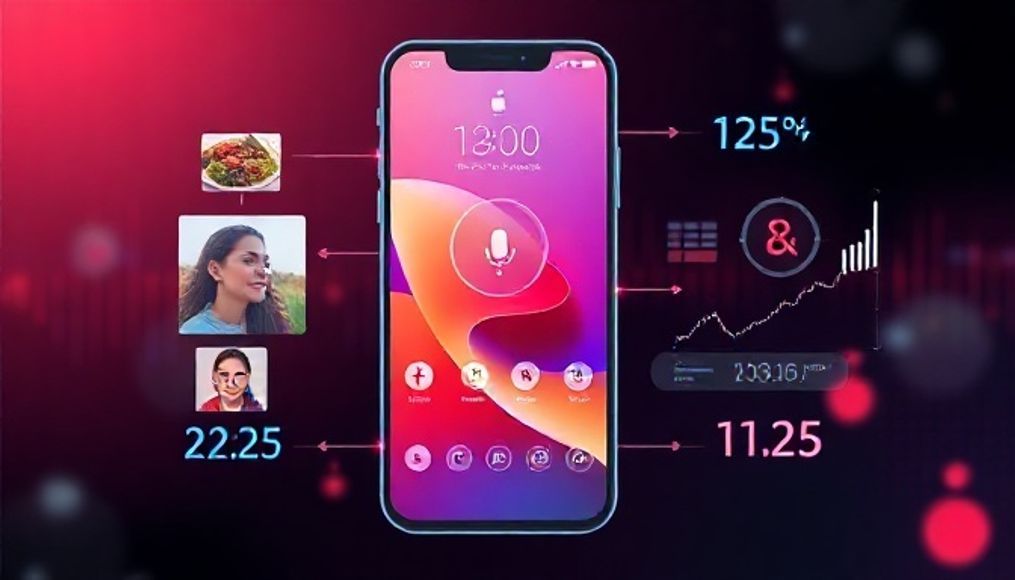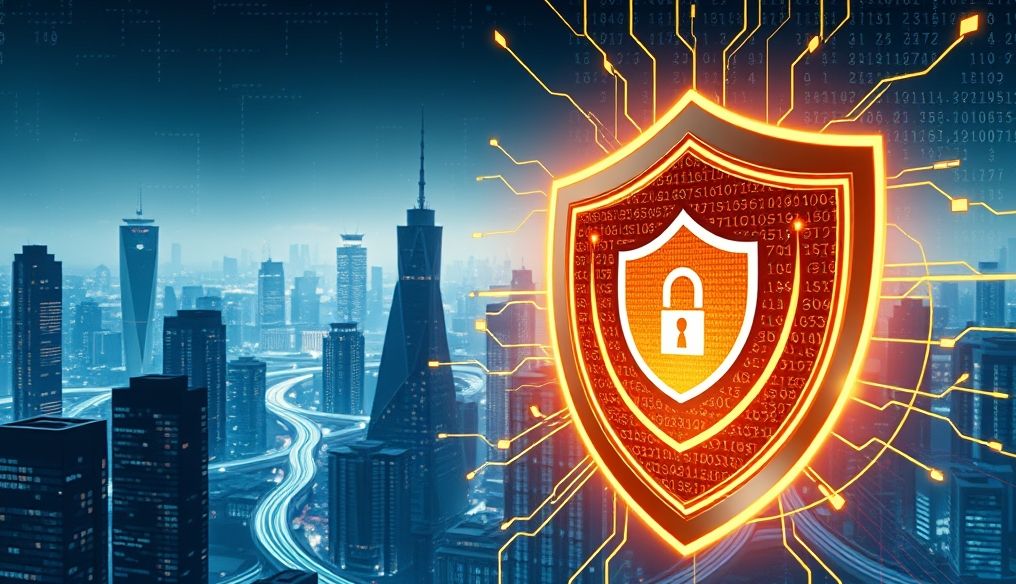Introduction: The Importance of Protecting Your Personal Data Online
In today's digital age, our personal data has become a valuable commodity. It is constantly being collected, stored, and processed by a variety of organizations, from giant tech companies to small local businesses. This vast amount of data represents a significant opportunity for cybercriminals who seek to exploit it for malicious purposes. For this reason, it is essential to take proactive steps to protect your personal data online.
1. Use Strong and Unique Passwords
Passwords are the first line of defense against unauthorized access to your accounts. Using weak passwords or reusing the same password across multiple accounts puts you at significant risk. Here's how to create strong passwords:
- Length: Your password should be at least 12 characters long.
- Complexity: Include a mix of uppercase and lowercase letters, numbers, and symbols.
- Uniqueness: Do not use the same password for multiple accounts.
- Avoid Personal Information: Do not use your name, birthday, or other easily guessable information.
To make it easier to manage complex passwords, use a password manager. A password manager securely stores your passwords and automatically fills them in when needed.
Examples of Strong Passwords:
P@sswOrd123!MyS3cur3P@sswOrdTh1sIsAV3ryStr0ngP@sswOrd
2. Enable Two-Factor Authentication (2FA)
Two-factor authentication (2FA) is an extra layer of security that requires you to provide two forms of identification before logging into your account. The first form is typically your password, and the second form is a code that is sent to your phone or email address. Even if someone manages to obtain your password, they will still need access to your second device to log in.
How to Enable Two-Factor Authentication:
- Find the security or privacy settings in your account.
- Look for the two-factor authentication or two-step verification option.
- Follow the instructions to enable two-factor authentication using an authenticator app or SMS text messages.
3. Be Wary of Phishing Emails
Phishing emails are attempts to trick you into revealing your personal information, such as passwords or credit card numbers. These emails often look like they are from legitimate organizations, such as banks or tech companies.
Signs of a Phishing Email:
- Spelling and Grammar Errors: Phishing emails often contain spelling and grammar errors.
- Unexpected Requests: Be wary of emails that ask you for personal information or ask you to click on a link or open an attachment.
- Sense of Urgency: Phishing emails often create a sense of urgency, trying to pressure you into taking quick action.
- Unfamiliar Sender Address: Check the sender's address to make sure it is legitimate.
If you suspect that you have received a phishing email, do not click on any links or open any attachments. Instead, report the email to the organization that it is allegedly from.
4. Keep Your Software Up to Date
Outdated software often contains security vulnerabilities that cybercriminals can exploit. By keeping your software up to date, you are patching these vulnerabilities and making it more difficult for cybercriminals to compromise your devices.
How to Keep Your Software Up to Date:
- Enable Automatic Updates: Enable automatic updates for your operating system, web browser, and other software.
- Install Updates Manually: Regularly check for updates for software that does not support automatic updates.
5. Use a Virtual Private Network (VPN)
A virtual private network (VPN) encrypts your internet traffic and hides your IP address. This makes it more difficult for others to track your online activity and protects your data from hackers on public Wi-Fi networks.
When to Use a VPN:
- When Using Public Wi-Fi Networks: Public Wi-Fi networks are not secure, and hackers can easily intercept your data.
- When Traveling: A VPN can protect your data from censorship and surveillance in countries with restrictive internet laws.
- When Browsing Privately: A VPN can prevent your internet service provider from tracking your online activity.
6. Be Careful About What You Share on Social Media
The information you share on social media can be used against you. Be careful about what you post online, and remember that anything you post can be public forever.
Tips for Protecting Your Privacy on Social Media:
- Adjust Your Privacy Settings: Make sure your privacy settings are set so that only people you trust can see your posts.
- Be Careful About What You Share: Do not share sensitive personal information, such as your address, phone number, or financial information.
- Think Before You Post: Before you post anything, think carefully about whether you are comfortable with the entire world seeing it.
7. Use Antivirus and Anti-Malware Software
Antivirus and anti-malware software can protect your devices from viruses and other malware. Make sure you have antivirus and anti-malware software installed on all of your devices, and keep it up to date.
How to Choose Antivirus and Anti-Malware Software:
- Look for Reputable Software: Read reviews and compare different products before choosing antivirus and anti-malware software.
- Make Sure the Software is Compatible with Your Devices: Make sure the software is compatible with your operating system and other devices you use.
- Keep the Software Up to Date: Make sure your antivirus and anti-malware software is kept up to date to protect your devices from the latest threats.
8. Monitor Your Financial Accounts Regularly
Monitor your financial accounts regularly for any suspicious activity. If you see anything that you do not recognize, contact your bank or financial institution immediately.
What to Look For:
- Unauthorized Transactions: Look for any transactions that you did not make.
- Unexpected Fees: Look for any unexpected fees on your accounts.
- Changes to Your Personal Information: Look for any changes to your personal information, such as your address or phone number.
9. Properly Dispose of Sensitive Documents
Before you throw away sensitive documents, such as bank statements or credit card bills, shred or destroy them. This will prevent others from obtaining your personal information.
Ways to Dispose of Sensitive Documents:
- Shredding: Use a shredder to shred sensitive documents.
- Cutting: Use scissors to cut sensitive documents into small pieces.
- Burning: Burn sensitive documents in a safe place.
10. Stay Informed About the Latest Security Threats
The cybersecurity landscape is constantly evolving. Stay informed about the latest security threats and how to protect yourself from them. You can do this by reading security news articles, attending security conferences, and following security experts on social media.
Resources for Staying Informed:
- Security News Sites: KrebsOnSecurity, Threatpost, The Hacker News
- Security Conferences: Black Hat, DEF CON, RSA Conference
- Security Experts on Social Media: Bruce Schneier, Mikko Hypponen, Katie Moussouris
Conclusion
Protecting your personal data online is an ongoing responsibility. By following the best practices outlined above, you can reduce your risk of becoming a victim of online fraud and identity theft.
"Security is a process, not a product." - Bruce Schneier




